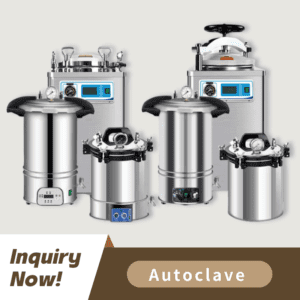
Autoclaves represent the essential element of sterile processing within healthcare because they protect millions of medical procedures every day. Medical equipment distributors and procurement specialists must carefully select their autoclave supplier because this choice influences client satisfaction and adherence to regulatory standards. This complete resource about autoclave technology provides answers to key inquiries such as “What is an autoclave?”. and “How does it work? “, while providing actionable insights for bulk buyers. The majority of hospitals use steam sterilization which makes it essential for industry professionals to understand this equipment.
Autoclave Definition: An autoclave functions as a sealed chamber where pressurized saturated steam eradicates all types of live microorganisms including tough bacterial spores through sterilization. Since 1879 when Charles Chamberland invented it modern autoclaves have become advanced devices that meet both ISO 17665 and FDA standards.
Key Terminology Explained:
The method of Esterilización por calor húmedo employs steam temperatures between 121°C and 135°C to kill microbes by denaturing their proteins.
Sterilization Microbiology research establishes the scientific foundation to confirm that autoclave processes reach a Sterility Assurance Level of 10^-6.
Tipos de autoclaves:
Autoclaves de desplazamiento por gravedad: The gravity displacement autoclave functions by using steam to naturally displace ambient air which works best with solid instruments.
Pre-Vacuum Autoclaves: Pre-vacuum autoclaves use a mechanical system to eliminate air before introducing steam which works exceptionally well with porous materials.
Autoclaves portátiles: Compact autoclaves with 15–25L capacity serve field clinics and dental offices.
Cargando: Perforated trays hold instruments so steam can access all surfaces effectively.
Extracción de aire:
In Gravity Types autoclaves, steam forces air through a drain vent to remove it.
The vacuum pump removes 99% of the air from the chamber within 2 to 5 minutes.
Fase de esterilización:
The autoclave sterilization parameters require 121°C (250°F) under 15 psi for 30 minutes or 134°C (273°F) under 30 psi for 15 minutes.
Sterilization success depends on steam reaching every surface because improper loading results in “cold spots”.
Exhaust & Drying: The system releases pressure slowly to avoid boiling liquid inside.
Technical Parameters Table:
| Parameter | Range | Impact on Sterilization |
|---|---|---|
| Temperature | 121°C – 135°C | Higher temps reduce cycle time |
| Presión | 15 – 30 psi | Enables superheated steam |
| Tiempo de exposición | 3 – 60 minutes | Depends on load density |
| Steam Quality | 97% dry saturated | Wet steam compromises efficacy |
Why Steam?
1,600x greater heat capacity than dry air.
Penetrates fabrics and lumened instruments effectively.
Instrument Reprocessing:
Large hospitals sterilize between 20 to 50 instrument sets every single day.
Validated cycles for orthopedic drills, laparoscopic tools.
Textile Sterilization:
Each sterilization cycle handles up to 150kg of surgical drapes.
Critical Instruments: Handpieces, scalers, and implant kits.
Class B autoclaves can complete their sterilization cycles in just 20 minutes.
The depyrogenation process sterilizes Type I borosilicate glass vials at 250°C.
Validates autoclave performance per USP <1229.1> guidelines.
Material Compatibility Guide:
| Material | Max Temp Tolerance | Autoclave-Safe? |
|---|---|---|
| Stainless Steel 316 | 300°C | Yes |
| Polycarbonate | 135°C | No |
| PTFE (Teflon) | 260°C | Yes |
| Latex | 121°C | Limited cycles |
Medical equipment buyers prioritize:
ISO 13485 (Quality Management)
CE Marking (EU Compliance)
FDA 510(k) for US market access.
Chamber Size: 50L–1,500L options.
Autoclave models offer either quick 15-minute flash cycles or longer 60-minute wrapped cycles.
The steam consumption rate ranges between 2 to 5 kg per cycle to maintain energy efficiency.
Dual-door pass-through models for cleanroom installations.
Data logging for compliance audits.
Case Study: The European distributor reported a 40% increase in client retention when they adopted autoclaves featuring automated water quality monitoring and a 3-year warranty for chambers and valves.
Automated water quality monitoring.
3-year warranty covering chamber and valves.
Best Practices for Distributors:
Replace door gaskets every 1,000 cycles.
Calibrate temperature sensors quarterly.
Biological Indicators: Geobacillus stearothermophilus spores.
Bowie-Dick Tests: For vacuum system efficacy.
Problema: Incomplete drying. Solución: Extend exhaust phase or reduce load density.
Problema: “Wet packs” (moisture retention). Solución: Verify steam dryness fraction (>97%).
IoT-enabled remote monitoring via mobile apps.
Predictive maintenance alerts for solenoid valves.
Water-saving models with closed-loop cooling systems.
Solar-powered autoclaves for off-grid clinics.
EN 285:2023 revisions for large steam sterilizers.
TGA’s new guidelines for rapid cooling cycles.
Modern healthcare continues to depend on autoclaves as they integrate time-tested scientific principles with the latest technological advancements. Distributors can maintain a competitive edge in the $2.1 billion worldwide market by partnering with manufacturers who provide certified customizable energy-efficient autoclave models. Select suppliers who provide strong technical support to satisfy client requirements in hospitals, labs, and dental networks.
Preguntas frecuentes
Q1: Determine the least large autoclave needed for a mid-sized clinic. A: The 60L autoclave can handle 4–6 instrument trays each cycle which serves clinics with patient loads of 20–30 patients per day.
Q2: How to verify autoclave sterilization effectiveness? A: Select Class 5 integrators (ISO 11140-1) which activate only when time/temperature/pressure parameters are satisfied.
Q3: Can autoclaves damage delicate instruments? A: Proper cycle selection is crucial. Optical devices and rubber materials require sterilization through low-temperature cycles of 105°C and 10 psi along with prolonged drying periods.
Q4: What water quality is required for autoclaves? A: Select distilled or RO water with less than 5 ppm TDS to avoid corrosion inside the chamber and to stop mineral deposits from forming.
Q5: Are there autoclaves for liquid sterilization? A: Liquid cycles operate with slower exhaust procedures which prevent boiling over. The maximum liquid volume should not exceed 75% of the total container capacity.
Elevate your medical equipment portfolio with certified autoclaves trusted by distributors worldwide.
📧 Correo electrónico: inquiry@shkeling.com 📱 WhatsApp: +86 182 2182 2482 🌐 Explore Products: Autoclaves portátiles
Why We Stand Out:
Global Compliance: CE, ISO 13485, and FDA-compliant models.
Custom Configurations: Chamber sizes from 25L to 1,200L.
B2B Support: Dedicated account managers and bulk pricing.
Warranty: 3-year coverage on critical components.
Oferta por tiempo limitado: ✅ Free sterilization validation protocol with orders over 10 units. ✅ On-site staff training for distributors.

La esterilización es un elemento esencial de las prácticas de control de infecciones tanto en los centros sanitarios como en los laboratorios. La esterilización en autoclave mediante vapor resulta eficaz para muchas aplicaciones, pero no es óptima en los siguientes casos
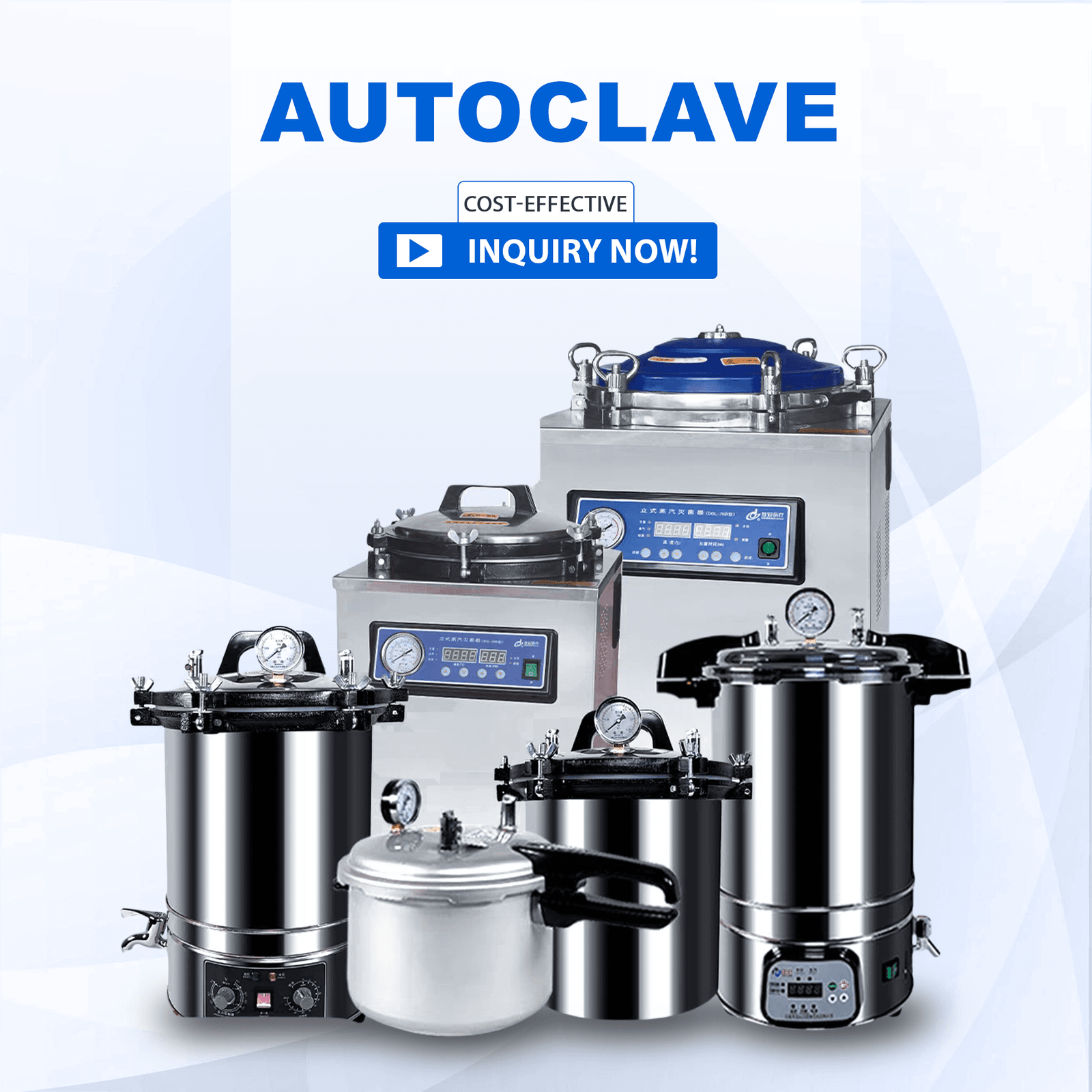
Los profesionales médicos de todo el mundo confían en los autoclaves como herramientas esenciales para garantizar la seguridad y esterilidad del instrumental médico. Los distribuidores de productos sanitarios y los especialistas en adquisiciones deben comprender los principios y las ventajas de los autoclaves

Los avances sanitarios hacen que sea esencial mantener el instrumental médico seguro y estéril en todo momento. Los distribuidores, vendedores y profesionales de la adquisición de productos sanitarios deben conocer los métodos de esterilización para operar con eficacia. En
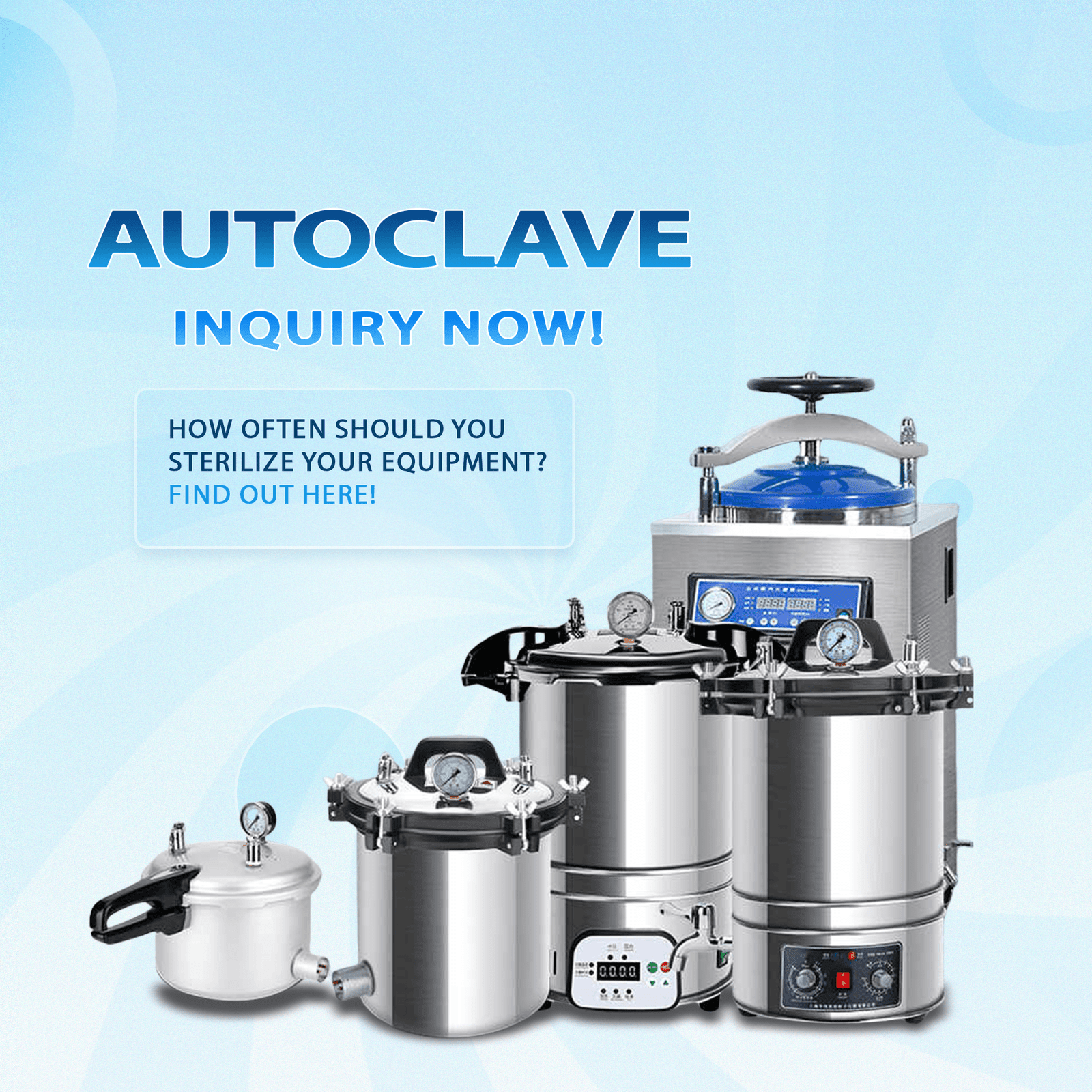
La esterilización de dispositivos e instrumentos médicos requiere autoclaves porque protegen la seguridad del paciente y facilitan el cumplimiento de las normas reglamentarias. Los sistemas de autoclave más sofisticados siguen experimentando ciertas limitaciones. Distribuidores de productos sanitarios,
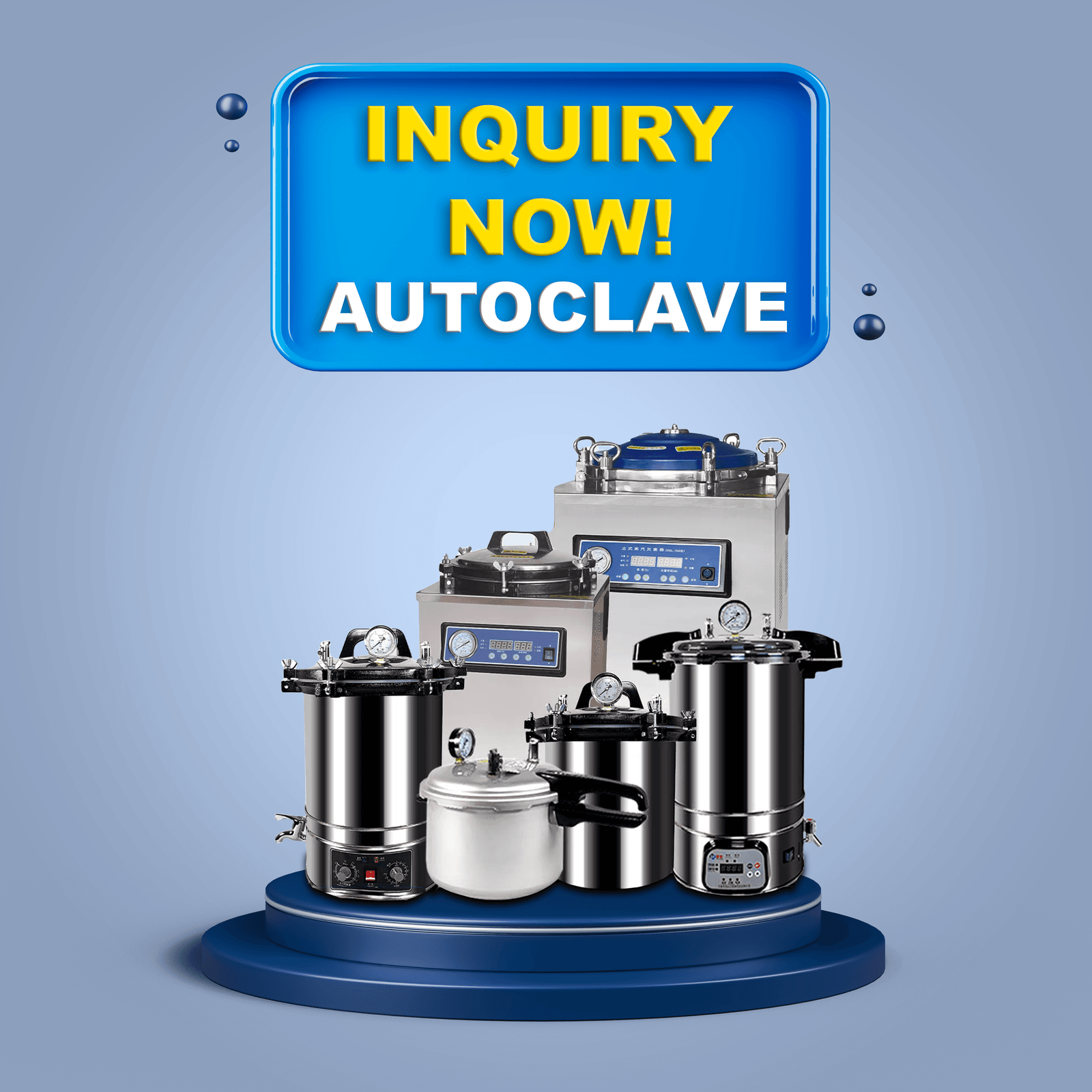
En la fabricación de dispositivos médicos, los autoclaves actúan como equipos esenciales porque proporcionan una esterilización uniforme de diversos instrumentos y materiales. Los autoclaves utilizan vapor saturado a alta presión para erradicar bacterias, virus, hongos y bacterias.
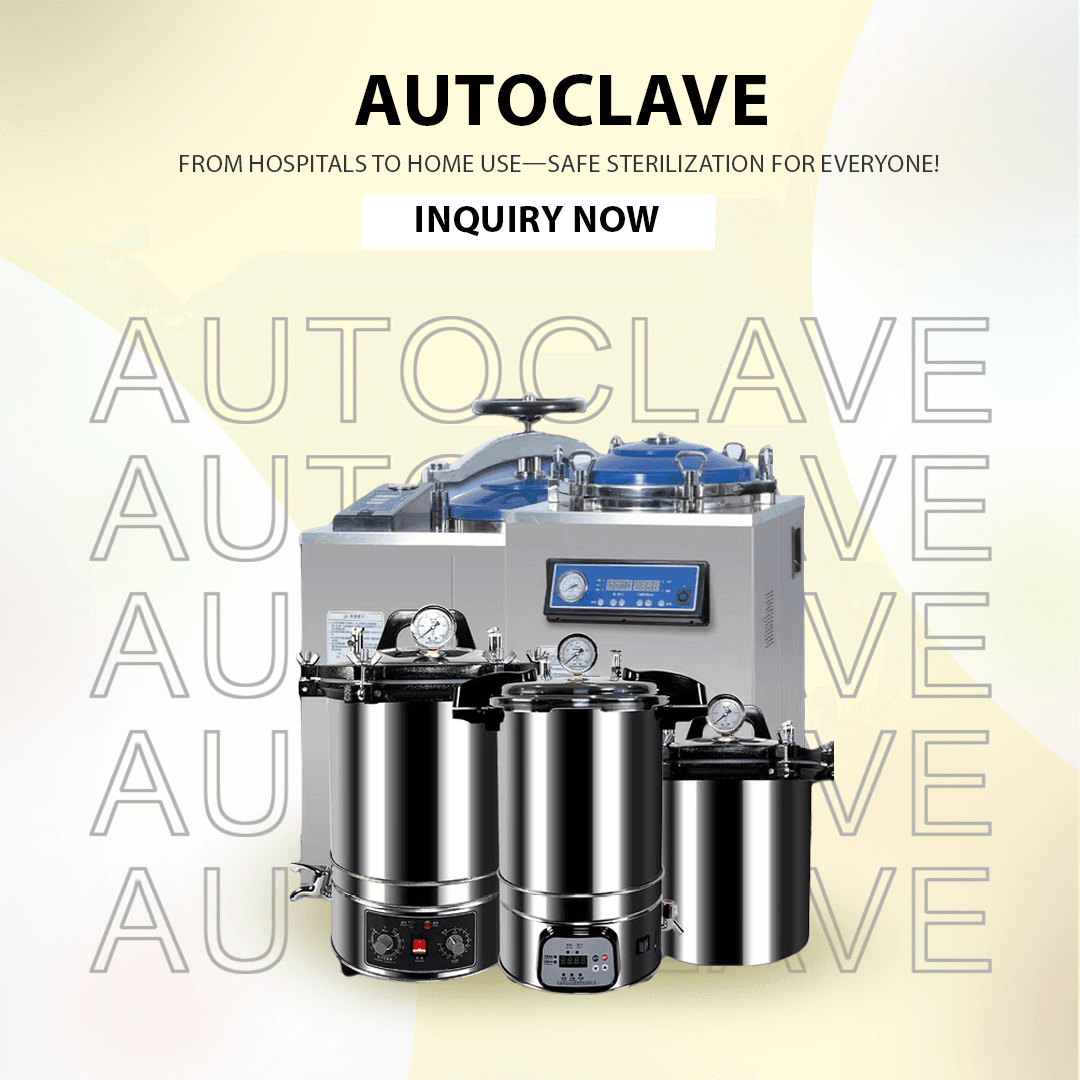
Los autoclaves son dispositivos cruciales en los entornos sanitarios y científicos, ya que esterilizan sistemáticamente instrumentos y materiales. Los distribuidores de equipos médicos, junto con los vendedores y los profesionales de compras, necesitan mantener los autoclaves en funcionamiento.